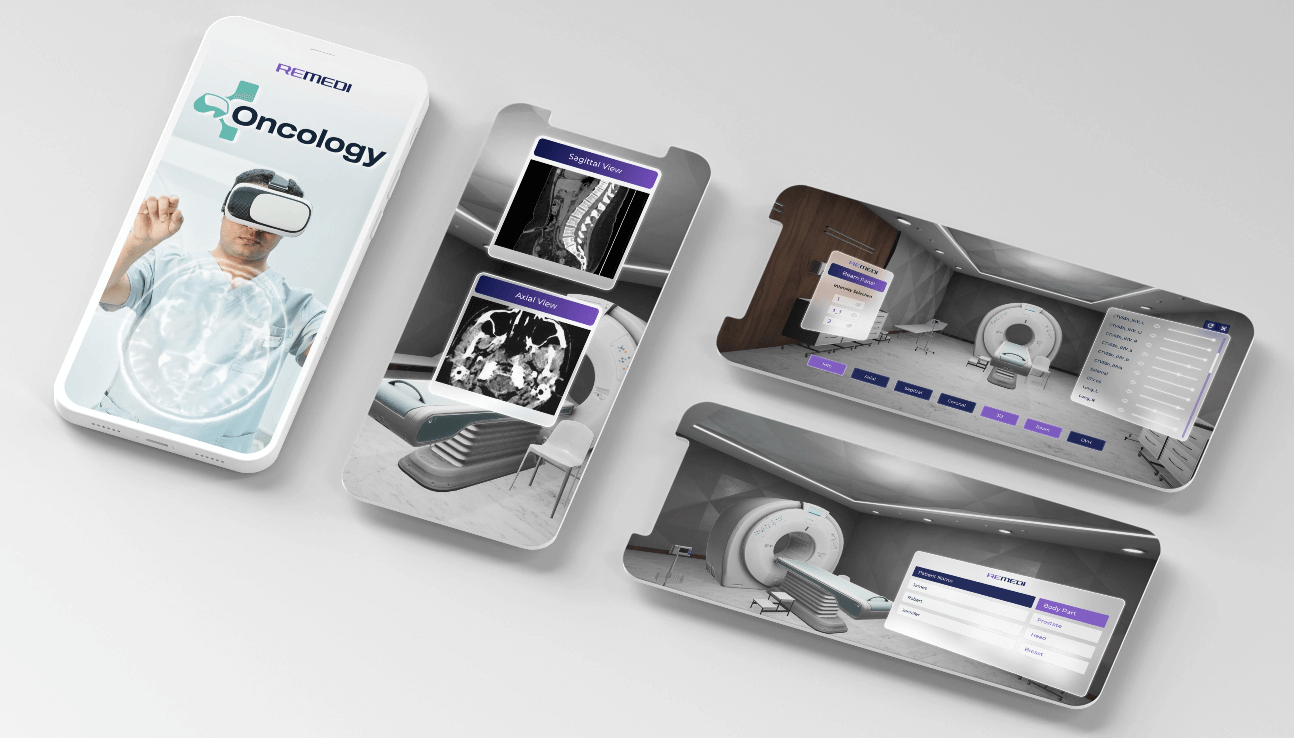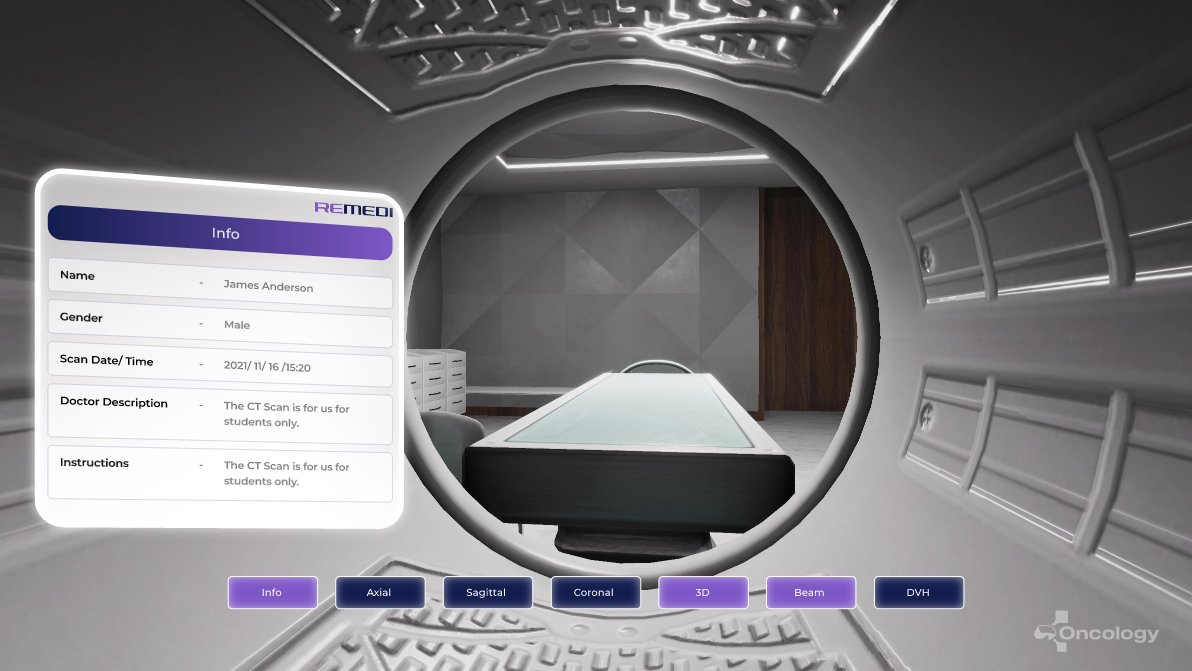Cancer brings a heavy toll on patients and their families. The anxiety because of non-familiarity with the diagnosis and side effects is unfathomable. For the doctors, accurately understanding the extent of the disease and planning proper dosage is imperative. Can technology - specifically immersive technology like VR - be used in novel ways in developing more accurate and empathetic cancer treatment? Interestingly, research and experimentation in this direction have shown positive outcomes.
Aligning to their vision, Remedi - our client, wanted to develop a more human-friendly solution for oncologists and cancer patients. After going through the latest research on the potential of Virtual Reality (VR), the company was determined to use it to make cancer treatment more accurate and less stressful. Accordingly, they chose NetMaxims as their development partner to build an Oncology VR app.
Remedi is a South Korean company that provides state-of-art radiography solutions. They are a leading supplier of medical X-ray tubes, portable X-ray cameras, and image processing systems. The company also devises products, including Linac, for radiation therapy.
A fully immersive VR app designed for both radiologists and patients. Its defining feature is the visualization of 3D body scans through a VR headset like Oculus. Besides the 3D view, multiple 2D views - axial, sagittal, and coronal - are also available.
A 360-degree view is way more precise than a 2D representation. So, with Oncology VR, a radiologist can enrich their analyses of the affected tissues and organs. They can also prepare DVH - Dose Value Histogram by regulating radiation dose, MLC (MultiLeaf Collimator) beam shape, and gantry angle. Patients, too, can view this DVH. The app helps in building trust among physicians and patients.
Being a relatively new technology, there is not much standardization as to the UI of a VR app. Users, too, are not much familiar with using 3D interfaces when compared with 2D mobile or web interfaces. On top of that, Oncology VR’s users are busy doctors and distressed patients. Hence, we worked hard on making UI intuitive and calm, causing no confusion.
Keeping optimal performance in VR apps is challenging as optimization needs to be done for CPU and GPU. We used Unity Profiler and Performance HUD to identify areas of applications that were consuming most of the system’s resources. Consequently, optimizing the expensive code, using simple shaders and few textures, made it possible to maintain rendering at 120 fps - the ideal frame rate for a high-quality VR experience.

We conducted fruitful meetings that included Remedi’s team, our UX designers, developers, Project managers, and communication designers. It helped us discover critical insights on what features to be implemented and how we should bring these into reality. Let us briefly describe some of the salient features.

Copyright © 2026 Netmaxims Technologies Pvt. Ltd.
All Rights Reserved
The rights to all trademarks, images, videos and logos belong to its exclusive owners. They are being used on this site for reference purpose only. Clients : USA, UK, Europe, BeNeLux, Belgium, Netherlands, Luxembourg, Denmark, Canada, Australia, UAE, Dubai, Italy, Turkey, Germany, Singapore, Japan, France, Brazil, Portugal,Austria, Norway, Sweden, Mexico.
